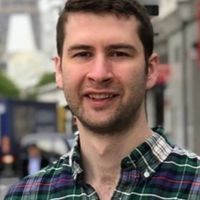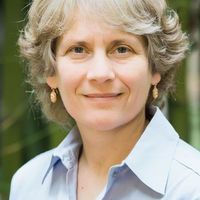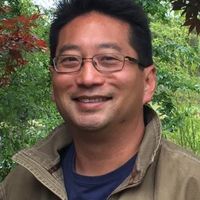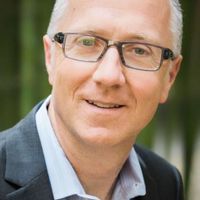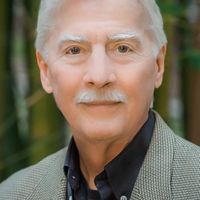Chemistry-Biology Interface
INVESTIGATING MOLECULAR FACTORS IN HUMAN HEALTH, MECHANISMS OF DRUG ACTION AND DELIVERY, AND NEW TOOLS FOR BIOMOLECULAR RESEARCH

Billions of years of chemical evolution on our planet have created a chemical library of immense size and diversity – the Earth’s chemome. Scientists at Stanford are leading research directed at translating this library, creating fundamentally new knowledge about the origins and workings of life, and how molecules, molecular assemblies and metabolic pathways contribute to the chemistry and biology of living organisms. From the structure and function of molecules within a cell to the interaction of cells within an organism and inter-organismal biochemistry, this research is providing new insights into normal and abnormal biological function, and with that, new strategies for the prevention, detection and treatment of diseases.
The Stanford Chemistry Department’s strong emphasis on biological and medicinal chemistry positions us well to build on a remarkable history of major achievements in the life sciences, and to lead in advancing research that will transform human health and medicine. Medical, life science and chemical biology research at Stanford is driven by an integrated, multi-science, translational approach that contributes to the ongoing success of Silicon Valley. This including a diverse array of exceptional multidisciplinary centers, institutes, and training programs including Bio-X, ChEM-H, SLAC National Accelerator Laboratory, the Neurosciences Institute, the Comprehensive Cancer program, Nano Center, Canary Center for Cancer Detection, Biotechnology Training Program, and VirX Center.
Chemical Neuroscience
Stanford chemists are engineering molecules inspired by natural neurotoxins to study and modulate neuronal activity, and designing nanostructured materials on which networks of neurons can be grown and interrogated. New technologies for drug delivery developed by our faculty are being directed to unmet needs in the treatment of Alzheimer’s disease, neuropathic pain and other neurological disorders.
Chemical Microbiology
Stanford chemists have developed new methods for analyzing the chemical and physical properties of bacterial biofilms and for imaging microbial structures at ultrahigh resolution. Our ongoing work toward elucidating the mechanistic details underlying microbial natural product biosynthesis has already led to new therapeutic and diagnostic modalities.
Molecular Imaging
Stanford chemists are developing new tools, theories and analytical procedures that allow one to “see” molecular events in living systems in real time with atomic level resolution.
Cancer Immune Therapy
Stanford chemists are making critical contributions toward new modalities of cancer immune therapy. We are developing small molecules, biotherapeutics, and hybrid bioconjugates that modulate tumor immunogenicity and immune cell activity. These new approaches could be transformative in our treatment of previously intractable tumors.
Drug Delivery
Stanford chemists are developing new vectors to transport molecules including drugs, imaging agents, peptides, proteins, DNA, and RNA across biological barriers including cell membranes, blood brain, ocular, skin and lung barriers. This includes the delivery of mRNA, opening new opportunities for therapeutic vaccinations, protein replacement therapy and gene editing.
Rare Diseases and Unmet Medical Needs
Stanford chemists are taking on the difficult challenge of developing therapeutic approaches for rare diseases that strike small patient populations and are therefore largely neglected by the pharmaceutical industry. These include new interventions for celiac disease as well as congenital disorders of proteostasis. At the same time, they are addressing unsolved problems such as the eradication of HIV/AIDS and treatments for a range of neurological disorders.
Molecular Dynamics, Systems Chemistry and Systems Biology
Stanford chemists are developing new computational tools and theories that allow atomistic dynamic simulations of complex chemical and biological systems that enable understanding of living systems with molecular level resolution. These approaches will make it increasingly possible to peer into and understand normal as well as abnormal cell function, to track the course of molecules in living systems, and to design new molecules to prevent, detect or treat disease.
Nucleic Acids Chemistry and Biology
Stanford chemists are developing probes and methods for measuring and manipulating the biological function of RNA and DNA and the enzymes that interact with them. Stanford computational chemists are also developing powerful simulation methods to predict the structure of RNAs.
Synthetic Biology
Stanford chemists are designing new DNA bases and novel genetic sets to encode biological activity in cells. Stanford chemists are also altering biosynthetic pathways to produce new biologically active natural products.
